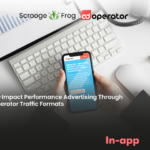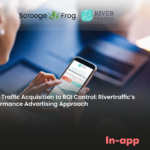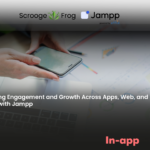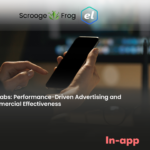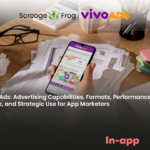How Tapsell became Iranian premier Ad Tech Engine — And what You can learn from It
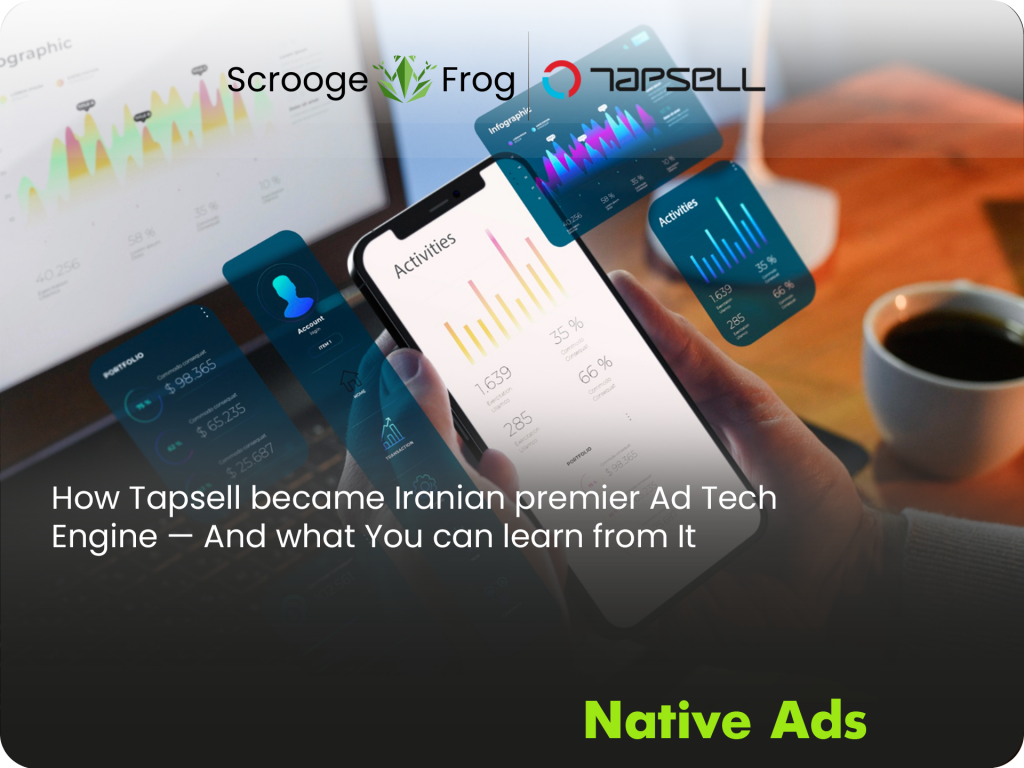
At a glance, Tapsell might seem like just another advertising network. But under the surface lies a sophisticated AI-driven ecosystem, powering billions of ad impressions with surgical precision. It’s not just scale — it’s performance at scale, and it’s built on years of refinement, local expertise, creative automation, and relentless iteration.
By mid-2024, Tapsell’s ecosystem reached over 143,000 publishers, served ads for more than 82,000 advertisers, and delivered a staggering 51 billion impressions monthly. For context: that’s nearly 2 billion ads shown every day, many of them precisely personalized in real time by the platform’s artificial intelligence engine — known as BRAIN.
The power of creative automation
Creatives are the soul of a successful campaign, and Tapsell treats them as such — not as static banners, but dynamic, evolving entities.
The network supports a full spectrum of ad formats:
- Rewarded video ads inside mobile apps,
- Interstitials in full-screen transitions,
- Native banners and videos that blend with app content,
- Interactive web-view creatives,
- SMS and push notifications,
- SnappClub content-style placements with voucher promotions,
- Even gamified mini-ads with conditional incentives.
Native advertising
Banner advertising
Video advertising
Push notifications
Advertorials
Advertisers upload base creatives, which are then fed into the platform’s internal toolset. These tools allow for automated resizing, translation, A/B testing, and contextual customization. Whether a user is in a financial app at night or browsing an entertainment app in the morning, Tapsell ensures the right creative appears — sometimes generated on the fly by AI modules trained on user interaction patterns.
Content Restrictions
No adult, gambling, political, religious, or shocking content (per Iranian regulations).
Tools behind the curtain
What powers this machine? Several integrated layers of tech:
- BRAIN (AI engine): Predicts which ad format, creative, and placement is most likely to convert for a user, and serves it accordingly.
- Creative Auto-Builder: Helps teams mass-produce visual ad variations across devices and user groups.
- Targeting Engine: Learns from billions of interactions to dynamically improve demographic, behavioral, and contextual targeting.
- Retargeting Module: Automatically identifies unconverted users and re-engages them via sequenced or personalized creatives.
- Fraud Shield (via Metrix): Combines device fingerprinting, behavioral analytics, and attribution scoring to identify fake installs or click floods — pushing Tapsell’s fraud rate under 1.5% in 2024.
The intelligence inside: Meet BRAIN
Tapsell’s AI engine, internally branded as BRAIN, is a modular intelligence system trained on years of user data. It’s not a single algorithm but a living architecture made of interlinked neural models, each focused on different layers of decision-making: from creative selection to bid optimization, from user behavior prediction to fraud anomaly detection.
When a user opens an app, BRAIN activates in milliseconds. It accesses a deep context stack: the app category, the time of day, the user’s historical in-app behavior, their device type, past interactions with ads, conversion history, and even screen scroll patterns. Based on this, it predicts the highest-probability action — be it a click, view, or install — and serves the optimal creative accordingly. That creative, by the way, might not be one the advertiser uploaded manually. It might be an AI-generated variant based on previous winners, resized and reframed for that moment and that user.
More importantly, BRAIN is self-learning. Each impression that doesn’t convert becomes part of its training data. Each unexpected user journey — someone who clicks at night, skips the ad, but installs two days later — is noted, labeled, and modeled. Over time, BRAIN builds user personas far more nuanced than standard demographic segments.
This adaptive feedback loop is what enables campaigns to continuously improve even without human intervention. And it explains why many of Tapsell’s top advertisers see campaign costs drop over time — in some cases, CPI decreased by 22% within the first two weeks, purely due to AI optimization.
Payment & pricing models — designed for growth
Tapsell’s versatility shines in how it lets advertisers choose their preferred billing approach based on goals:
- CPI (Cost Per Install): Ideal for mobile apps, with full install and retention tracking via Metrix or Adjust.
- CPA / CPL (Cost Per Action / Lead): Used for fintech, education, or services where sign-ups or conversions matter.
- CPC / CPCV (Cost Per Click / Completed View): Perfect for video branding or web traffic campaigns.
- CPM (Cost Per Mille): Best for brand awareness campaigns, especially in display and video formats. Advertisers pay per 1,000 ad impressions, ideal when visibility matters more than direct clicks or conversions.
For publishers, earnings are calculated daily and displayed transparently. Revenue is paid monthly based on real-time exchange rates (for USD campaigns), with 70% of net ad revenue going directly to app owners. Mediation via Tapsell Plus ensures that even international demand (from networks like Unity Ads, AdMob, Start.io) competes for impressions, driving up eCPM.
Case Studies — Real Business Impact
Let’s look at how some campaigns scaled through Tapsell’s ecosystem:
Case 1: Retail App — 5 Million Installs
This retailer used rewarded video and interstitial formats to acquire new users. AI segmented high-LTV audiences based on device history and app usage. Campaign delivered over 5 million installs, with CPI falling 22% below forecasted targets.
Case 2: Finance App — 101 Million Clicks
Using retargeting and deep contextual targeting, this campaign delivered 101 million high-intent clicks, with strong lead-to-customer conversion in the follow-up journey. Sequenced creatives showed progressively more personalized offers over multiple sessions.
Case 3: Sheypoor Classifieds — $960K Annual Contract
Tapsell became Sheypoor’s exclusive ad provider in 2024. Through native placements and AI-driven pacing, Sheypoor reached 35 million app users, increased CTR by 38%, and signed a contract worth nearly $1 million (source).
Statistics that show the scale
By 2024, Tapsell wasn’t just local — it was dominant:
- 51 billion monthly impressions,
- 617 billion ad views yearly,
- 82,000 advertisers and 146,000 publisher accounts,
- Average user saw 23 ad exposures per day,
- Video campaign volume increased 500% YoY,
- Creative output exceeded 3,200 variants in a single campaign,
- 1.5% fraud rate, down from 5.7% the year prior.
Lessons to take for your own Ad Network
If you’re building an ad tech product — or marketing one — Tapsell offers valuable blueprints:
- Scalable Creative Automation: Don’t rely on 5 banner variations. Aim for 500+.
- AI Before UI: Your ad logic must be predictive, not reactive.
- Onboarding Isn’t Optional: Human touch during campaign setup builds long-term value.
- Multi-Modal Billing: Let clients choose CPI, CPC, CPA — don’t lock them into one format.
- Mediation is Margin: Open your network to global demand to stay competitive.
- Anti-Fraud is Trust: Build it in. Don’t tack it on.
